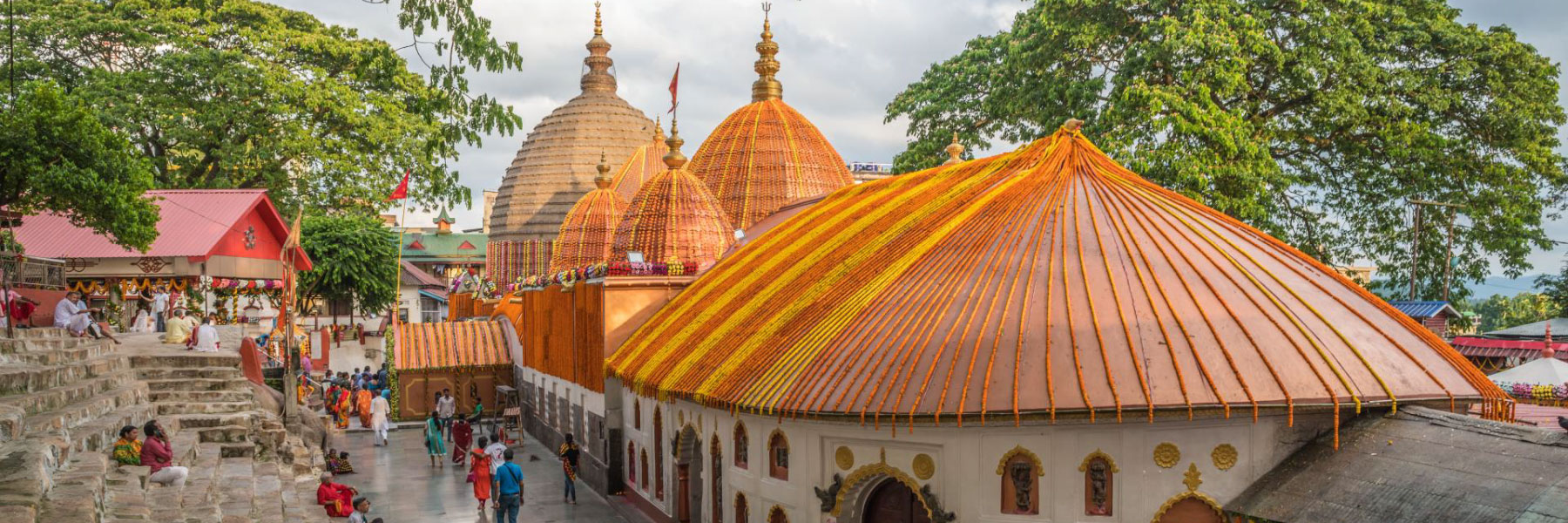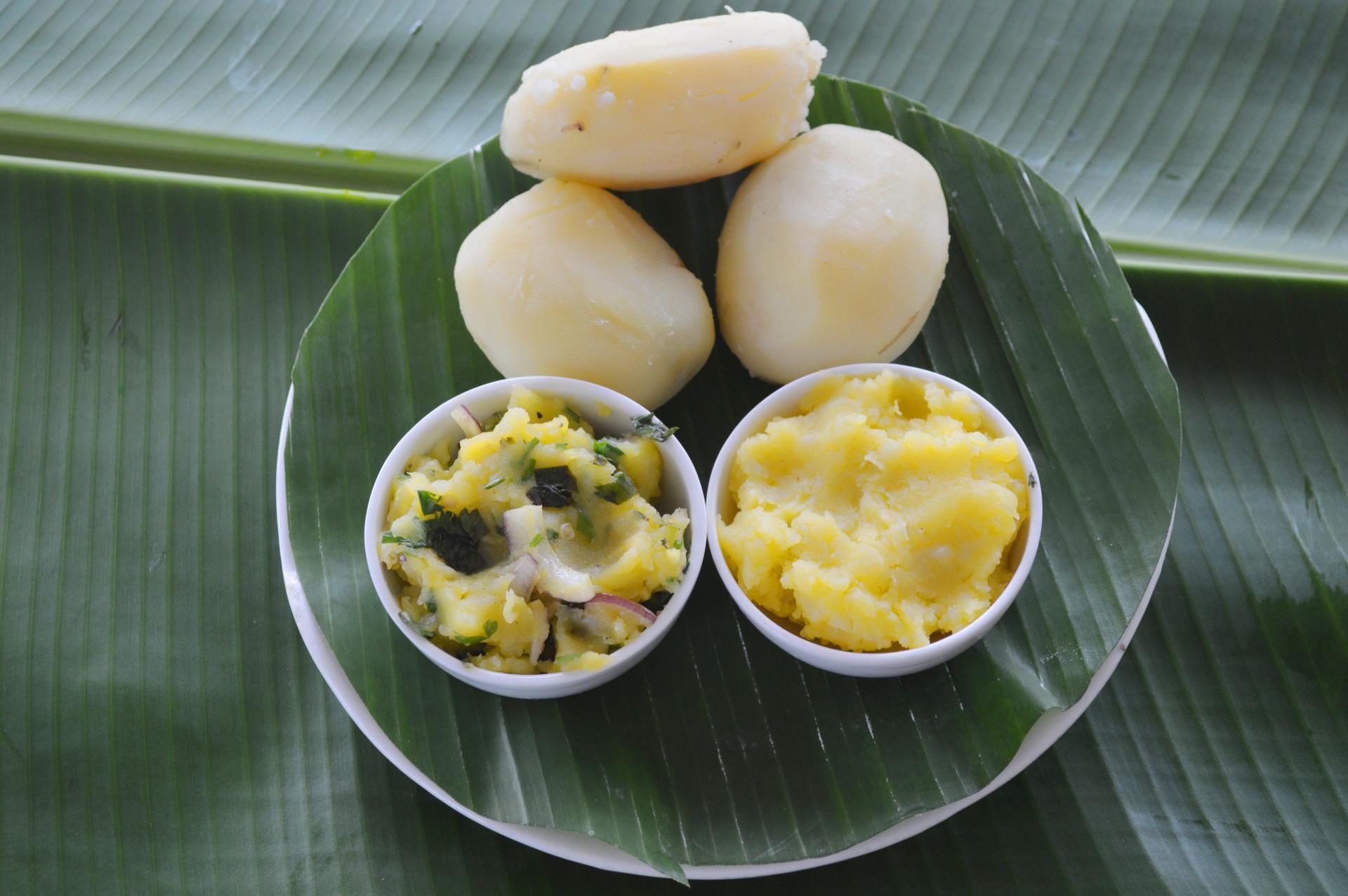
Sorry, we couldn't find anything that matches your search.
Destination

Famous Places to Explore in Hyderabad
A vibrant city with the imposing...

Raipur Tourist Places | Best Place to Visit
The stronghold of several erstwhile...

Ahmedabad
Declared as India's first UNESCO World...
#
Madan Kamdev Temple
Located around 40 km from Guwahati, the Madan Kamdev Temple has been a mystery till date. Not much is known about the source of this temple which now stands in ruins as there are no written records about it. Around 35 years ago, remnants of 12 temples were unearthed here, scattered over a hillock dating back to the 9th and 10th centuries. The ruins also have sculptures similar to the ones found in Khajuraho.

Umananda Temple
Located atop a hillock on Peacock Island on River Brahmaputra, the Umananda Temple has Lord Shiva as its presiding deity. There are several other deities worshipped in the temple. Lakhs of devotees from across the country arrive here, especially for the festival of Shivratri. Kalika Purana, an ancient Hindu text, records that at the beginning of creation, Lord Shiva sprinkled bhasma (ashes) here and imparted knowledge to Goddess Parvati. When he was in meditation, he was interrupted by Kamadeva, who was then burnt to ashes by the lord.

Doul Govinda Temple
One of the greatest shrines of Lord Vishnu in Assam, the Asvankranta Temple is built on the rocky river bank of Brahmaputra. It houses the Lord's footprints in his tortoise avatar. Legend has it that once Lord Krishna and his army, camped here before he killed demon Narkasur. The temple is also linked with Lord Krishna and his wife, Rukmini, wherein it is believed the temple was constructed at the same spot where Lord Krishna’s horse was surrounded by a number of enemies back then. On the northern bank of River Brahmaputra stands the rare star-shaped Manikarneswar Temple, on a hill. It is said to be one of the oldest ones constructed in the 10-11th century AD by the Pal dynasty. Temporary tin sheets act as the roof of this temple as the original was apparently destroyed in an earthquake.
The Dirgheswari Temple is another attraction that was built by Ahom king Swargadeo Siva Singha between 1714 and 1744 CE. It is said to be a shaktipeetha (devotional shrines where severed body parts of Goddess Sati fell). Though the presiding deity is Goddess Durga, there are a number of images of gods and goddesses engraved in the rocks of the hill. Locals consider it to be the next holiest place after the Kamakhya Temple.

Kamakhya Temple
Sitting atop the Nilachal Hill, by the banks of the Brahmaputra river, the majestic Kamakhya Temple is an iconic landmark in Guwahati. One of the oldest temples in the city, it is said to be dating back to the 8th century. Dedicated to mother goddess Kamakhya, the temple has four chambers: a garbha griha (sanctum sanctorum), which is a cave under the ground level that houses a rock fissure instead of an idol, and three mandapas (outdoor halls) known as calanta, pancharatna and natamandira. The current temple structure has been built by the Ahom kings. One of the classic features is the shikhara (spire) that looks like a beehive of sculpted panels and images of Hindu gods and goddesses.








